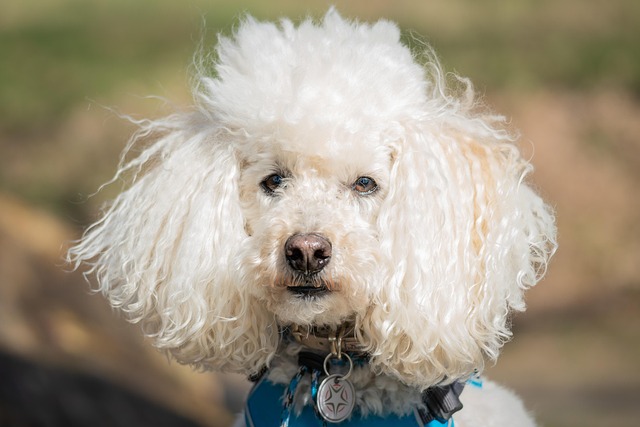
How can I tell if my dog's heatstroke is serious
Let’s be real: It’s a sticky August morning in Los Angeles, and you took your 2-year-old Golden Retriever, Max, for a walk a little later than usual
Certain dog breeds are born with jaws built for power, and their chewing habits reflect that—though it’s rarely about malice, more about instinct. Breeds like the Pit Bull Terrier, with their strong, muscular muzzles, often top lists not for aggression but sheer force; their ancestors were bred to work with their mouths, and that drive persists. A bored Pit Bull can turn a wooden chair leg into splinters in minutes, not out of anger, but because their jaws need a job to do.
Rottweilers bring similar intensity, with a bite force that ranks among the strongest in the canine world. Puppies of this breed often chew relentlessly during teething, and without proper outlets, that behavior sticks into adulthood. Many communities require owners of powerful breeds to manage destructive habits, as chewed-through furniture or fences can violate property standards or even raise safety concerns with neighbors.
 Labrador Retrievers might surprise you—their friendly demeanor hides a chewing obsession rooted in their retrieving heritage. They’ll carry shoes, remote controls, or even drywall in their mouths, not to destroy, but to “fetch” something to share. Their enthusiasm can outpace their training, though, so providing durable toys is key. Local waste management rules often frown on chewed-up items left in yards, making containment of their chewing important beyond just saving your belongings.
Labrador Retrievers might surprise you—their friendly demeanor hides a chewing obsession rooted in their retrieving heritage. They’ll carry shoes, remote controls, or even drywall in their mouths, not to destroy, but to “fetch” something to share. Their enthusiasm can outpace their training, though, so providing durable toys is key. Local waste management rules often frown on chewed-up items left in yards, making containment of their chewing important beyond just saving your belongings.
German Shepherds, bred for herding and protection, channel their intelligence into chewing when understimulated. A Shepherd left alone for hours might dismantle a couch cushion to relieve stress, their strong jaws making quick work of fabric and foam. Many training programs for working breeds emphasize redirecting this energy—using puzzle toys or chew bones approved by vets to keep both dog and home intact.
Terriers, from Jack Russells to Bull Terriers, have a reputation for tenacity that extends to their chewing. Their small size belies a powerful bite, and they’ll fixate on a single spot—like a doorframe or shoe—until they’ve gnawed through it. This stems from their history of digging and hunting small prey; that same focus translates to chewing when indoors. Keeping them supplied with tough rubber toys can save your baseboards and keep them out of trouble with landlords, who often restrict damage from pets.
It’s important to note that aggressive chewing is rarely about aggression—it’s communication. A dog chewing excessively might be anxious, bored, or teething. Punishing them for it often worsens the behavior; instead, offering appropriate outlets shows them what's okay to gnaw on. Many regions have laws requiring dogs to be kept in environments that prevent destructive behavior, so proactive toy rotation and exercise aren’t just kind—they’re responsible.

Let’s be real: It’s a sticky August morning in Los Angeles, and you took your 2-year-old Golden Retriever, Max, for a walk a little later than usual

You're enjoying a summer afternoon at the park when you notice your dog has stopped panting and appears disoriented - their gums are bright red

Let’s paint the picture: You’re in your Denver apartment, watching your 4-year-old Boston Terrier, Ruby, plop down mid-play session with her favorite toy

Many dog owners notice their pets nails seem shorter after regular walks,but how much does this daily activity actually help?The answer depends on where you walk—concrete sidewalks or asphalt streets gently file nails as a dog's paws hit the ground

Most dog owners notice their pup scooting across the carpet at some point, but few connect it to impacted anal glands. These small sacs near a dog’s rectum secrete a scent for marking territory

Most vets agree that regular dog teeth cleaning is key to avoiding painful dental issues later. For healthy adult dogs, a professional cleaning at the vet’s office every 12 to 18 months usually works well.